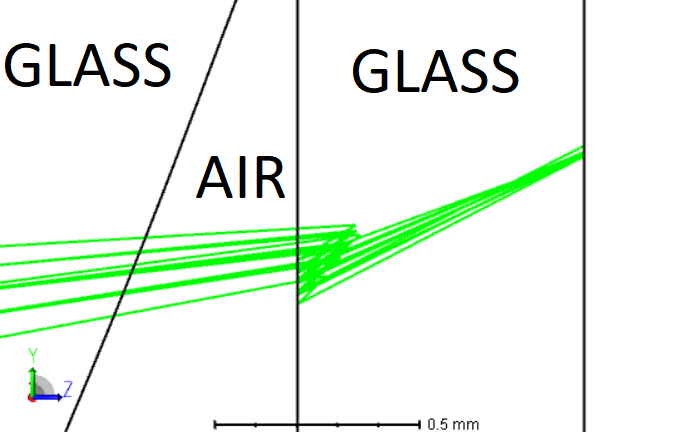Hi,
Got some strange result of ray reflecting from nothing.
At the ray trace window it mark this path length as negetive.
Moreover, the 3d layout dont allow ray fletch.
What went wrong?
Thanks,
Nadav

Hi,
Got some strange result of ray reflecting from nothing.
At the ray trace window it mark this path length as negetive.
Moreover, the 3d layout dont allow ray fletch.
What went wrong?
Thanks,
Nadav

Enter your E-mail address. We'll send you an e-mail with instructions to reset your password.